Tree-Killing Pest Is Spreading Rapidly and Now “Too Widespread to Quarantine”
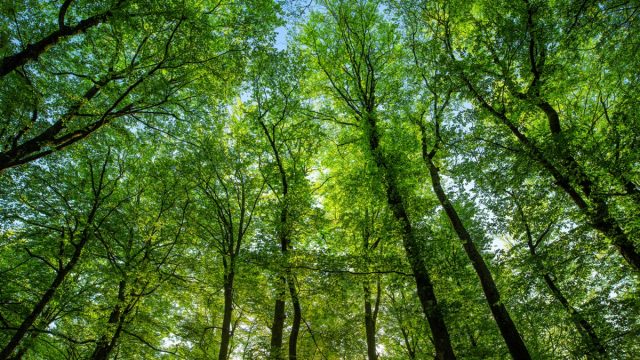
As humans, we deal with pests every day, swatting pesky mosquitoes and avoiding more dangerous insects like wasps and hornets. But plants are also targeted by some sinister species, including many that are invasive and put our ecosystems at risk. In recent years, the spotted lanternfly has maintained the title of “most troublesome,” but now another pest is looking to claim the prize. Read on to find out more about the tree-killing pest that’s become “too widespread to quarantine.”
RELATED: 7 Plants You Can Buy That Are Actually Dangerous Invasive Species.
Beech trees are under siege.
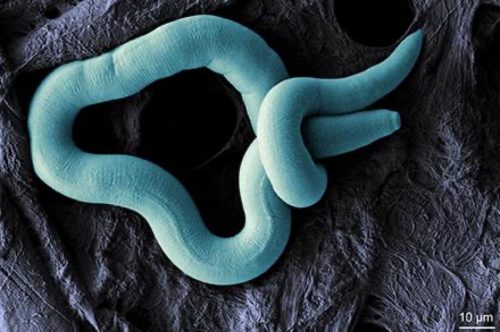
First documented in Ohio in 2012, beech leaf disease has spread to 12 U.S. states and killing both native and ornamental beech trees, according to the New York State Department of Environmental Conservation (DEC).
Plant pathologists spent many years trying to determine what caused these trees to become sick and die, and it wasn’t until recently that experts discovered the culprit: a subspecies of nematodes (microscopic worms), NBC News reported.
Plant pathologist David McCann first discovered the nematodes in 2017. He initially thought he saw tiny hairs on infected leaves when looking through a microscope, until he realized they were actually worms, per NBC News. The subspecies was named Litylenchus crenatae mccannii.
But while experts can confirm these nematodes are up to no good, what they don’t know is how they’re spreading so rapidly—and if there’s anything that can stop them or treat infected trees.
RELATED: 5 Plants That Will Keep Mosquitoes Out of Your Yard, According to Pest Experts.
There could be devastating environmental and ecological impacts.
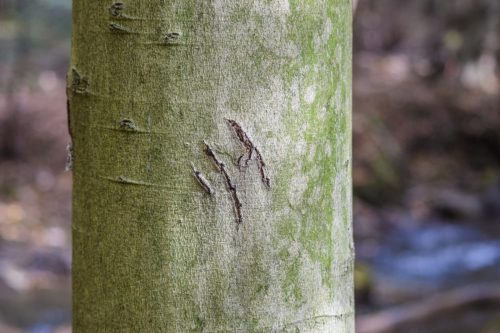
The beech tree is a “foundational species” in northern hardwood forests, USA Today reported. Not only are these tall gray trees beautiful, but they’re also vital to the ecosystem, providing habitats for different animals and bearing nuts eaten by turkeys and bears. Beech trees are especially important for black bears: According to NBC News, research shows that a healthy forest of American beech trees is correlated with this species’ birth rates.
With that in mind, the mass destruction of beech trees could be catastrophic—and beech leaf disease shows no signs of slowing down.
There are several symptoms of beech leaf disease, and they can range depending on the severity and length of infestation, according to the New York State DEC. However, striped, curled, or leathery-textured leaves are tell-tale signs, as are withered, dried, and yellow leaves. The nematodes eat the buds and leaves, and when buds eventually die, the tree’s photosynthesis process is hindered and leads to death.
RELATED: 5 Invasive Trees You Need to Remove From Your Yard Immediately.
Research funding has been hard to come by.
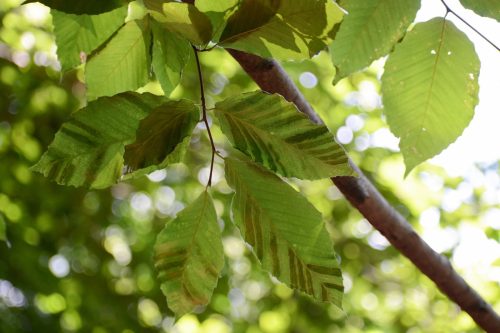
While experts warn that the disease could essentially eliminate the beech tree in the U.S., plant pathologists have struggled to secure funding for key research projects.
As NBC News reported, some plant pathologists speculate that the lack of funding may be because the beech tree isn’t as integral in the timber industry, whereas pine trees and oak trees are. But that doesn’t make the situation any less dire.
“The clock ticks rapidly against us given the unprecedented pace at which the nematode spreads,” Mihail Kantor, an assistant research professor of nematology at Pennsylvania State University, told NBC News. “Increased funding could expedite our research, and as they say, time is money. In the context of BLD [beech leaf disease], time is of the essence.”
RELATED: For more up-to-date information, sign up for our daily newsletter.
The USDA said the disease is already too tough to quarantine.
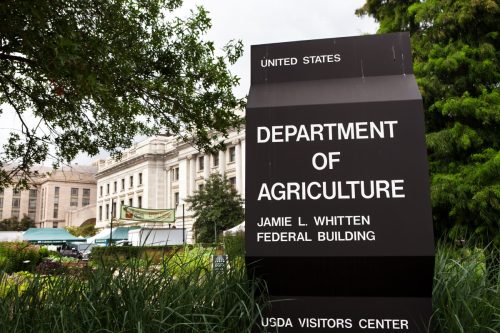
The U.S. Department of Agriculture’s (USDA) Animal and Plant Health Inspection Service (APHIS) has managed to allocate over $108,000 to study the disease, but noted serious limitations due to the pace at which the nematodes have spread.
“At the time of its detection, the nematode was determined to be too widespread to establish an effective federal quarantine,” Stephen Lavallee, national policy manager for APHIS, told NBC News.
Jo-Ann Bentz-Blanco, director of pest surveillance and emergency management for APHIS, also told the outlet that there are “many uncertainties” regarding beech leaf disease, which “limits what APHIS can do under the authority of the Plant Protection Act.”
In the meantime, NBC News reported that some pathologists and arborists are taking it upon themselves to find a treatment for beech leaf disease. A team is investigating infected trees at a nursery in New York. They now intend to test a fungicide and an experimental treatment to see if either is effective in killing the nematodes.